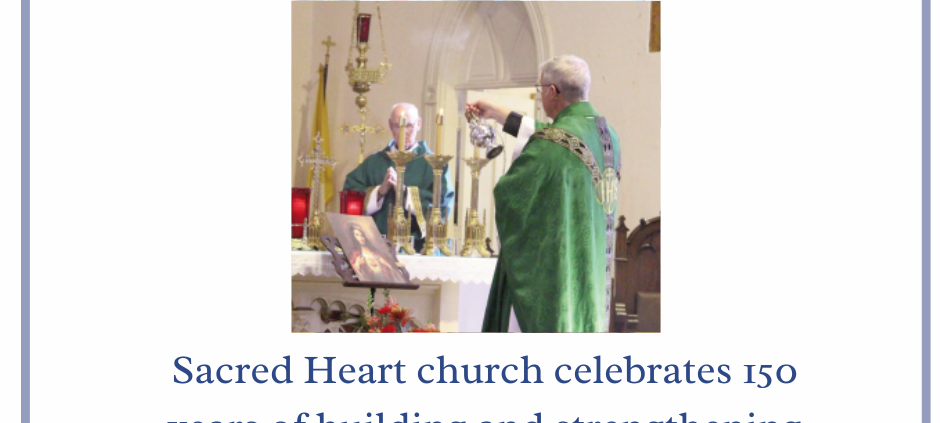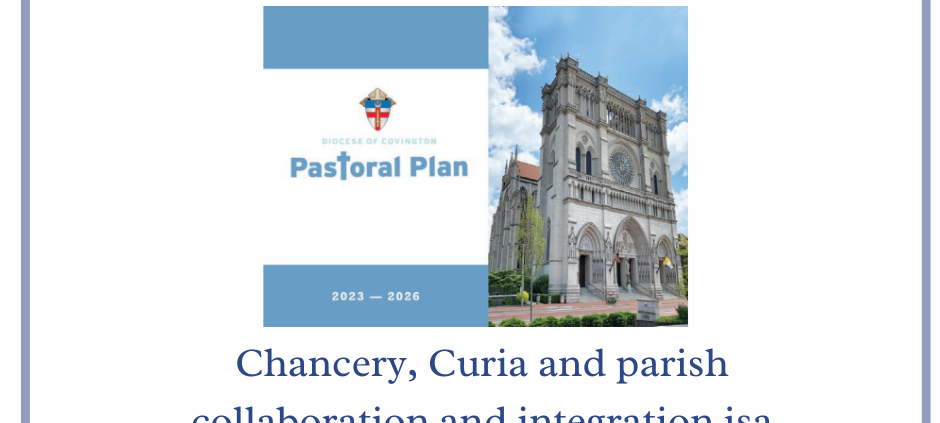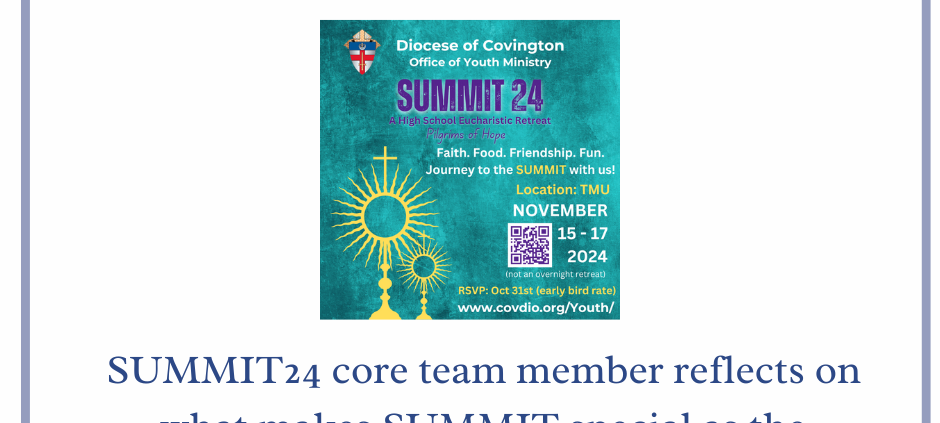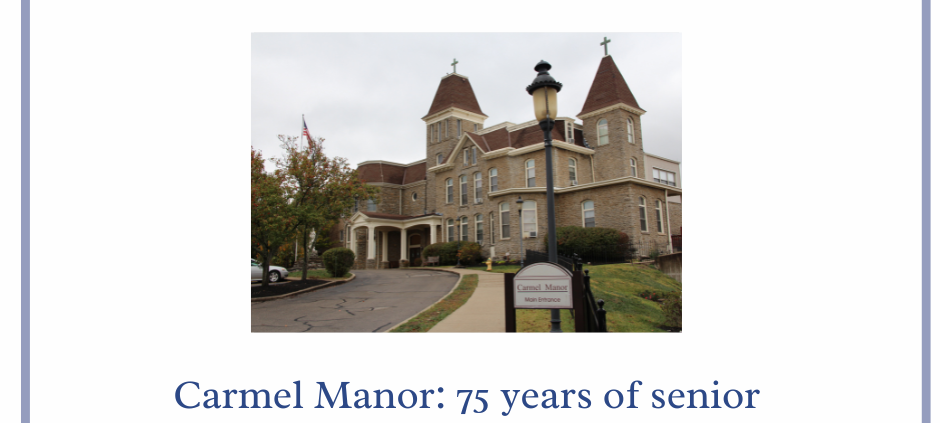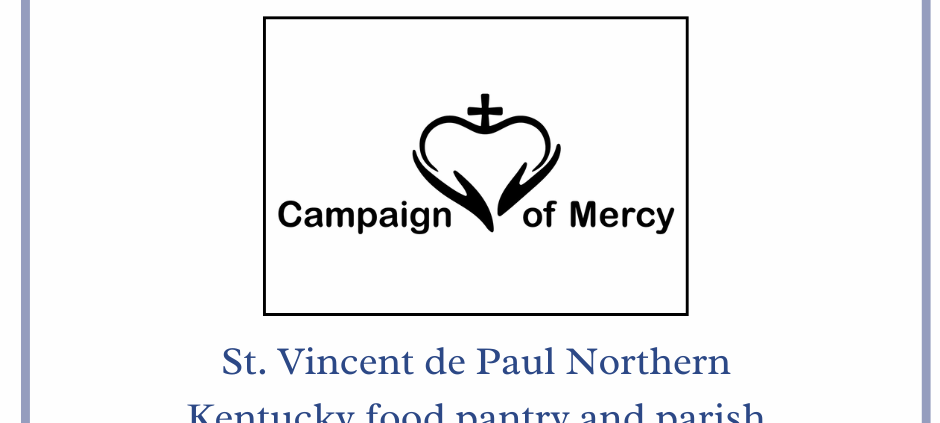Gone but Not Forgotten: MLB Unmarked Graves Project returns to the Diocese of Covington
Bella Young
Multimedia Correspondent
The Diocese of Covington is no stranger to the work of the Gone But Not Forgotten: MLB Unmarked Graves Project. It was two years ago that David Shannon and Thomas Bucher, the project founders, provided a headstone to Henry “Hank” Gastright, who had been laid to rest at St. Joseph Cemetery, Wilder, in an unmarked grave. Their latest project focused on giving Robert “Bob” Clark of the 1891 Cincinnati Reds a headstone at St. Mary Cemetery, Ft. Mitchell.
Mr. Clark was born in Covington on May 18, 1863. He would go on to play seven seasons in Major League Baseball, starting his career with the Brooklyn Bridegrooms and staying for five seasons, where he would become a well-known catcher, before concluding his career in the Majors with the Reds.
Mr. Shannon read from an excerpt of the October 1889 edition of the Brooklyn Eagle, “The first two years he (Mr. Clark) was with Brooklyn he did not distinguish himself very much and was given comparatively little work to do. This year however, he came to the front, and his work as been of the gilt-edge order. He has demonstrated that he is a great back stop, a quick and accurate thrower to bases, a fine batsman and a clever base runner. Clark is now admittedly Brooklyn’s star catcher. He is a well-built fellow, 5 feet, 10 inches tall, and weighs 175 pounds,” said Mr. Shannon to the crowd gathered.
Over his five seasons with Brooklyn, Mr. Clark became a standout playing in a total of 260 games. Despite playing a number of games, Mr. Clark was seemingly always injured. The most games he played in a season topped out at 53 in 1889.
In the succeeding 1890 season, the Brooklyn Bridegrooms and Mr. Clark had a chance to win the Pennant, what would we now call the World Series. However, “The series,” it was reported, “which was fraught with disaster to the Brooklyn’s, resulted in his disablement … His injury was a serious blow to Brooklyn’s hopes, for before he was hurt, they had a chance to win,” Mr. Shannon read aloud.
Of his injury in the World Series, Mr. Clark was quoted as saying, “My doctor seemed to think that I was paying up for severely straining myself and overtaxing my strength in those Brooklyn games. We ought to have won the Pennant.”
Because of his proclivity for injury, Brooklyn allowed the Cincinnati National League Club, to purchase his contract. In a press release from March 25, 1891, “The Cincinnati National League Club yesterday, closed a contract with another player, who will add strength to the team. Bob Clark, the fine catcher, who has been with the Brooklyn League Club for the past five seasons, will next summer wear the red and white of the Queen City Organization. This engagement will prove a good one. Clark is a Covington boy and is very popular on both sides of the river. He has a large following, and from a box-office standpoint, as well as in a playing sense, the local League Club scored a big mark in securing him,” Mr. Shannon read aloud.
Due to injury, Mr. Clark played in only 16 games for the Reds in the 1891 season.
After his retirement Mr. Clark became a saloonist. Mr. Shannon read, “There was an article from February 1892 that said he (Mr. Clark) was doing a prosperous business with a liquid emporium in Covington.” In 1895 it was reported that he was a government official, other reports noted him as a tax collector for the city of Covington. In the years leading up to his death, Mr. Clark worked at a chemical factory. It was at this chemical factory that he sustained life threatening injuries that eventually led to his death.
Mr. Clark was born a “Covington boy,” said Mr. Shannon. It was his affinity for baseball and his love of his city that was remembered as the veil was lifted from his new headstone. A round of applause came as the new granite marker was taken in by friends of the family and the family themselves.
Mr. Shannon concluded the program, “Through this project, I feel like I have gotten to know Bob Clark … Robert Clark may be gone, but hopefully not forgotten.”



